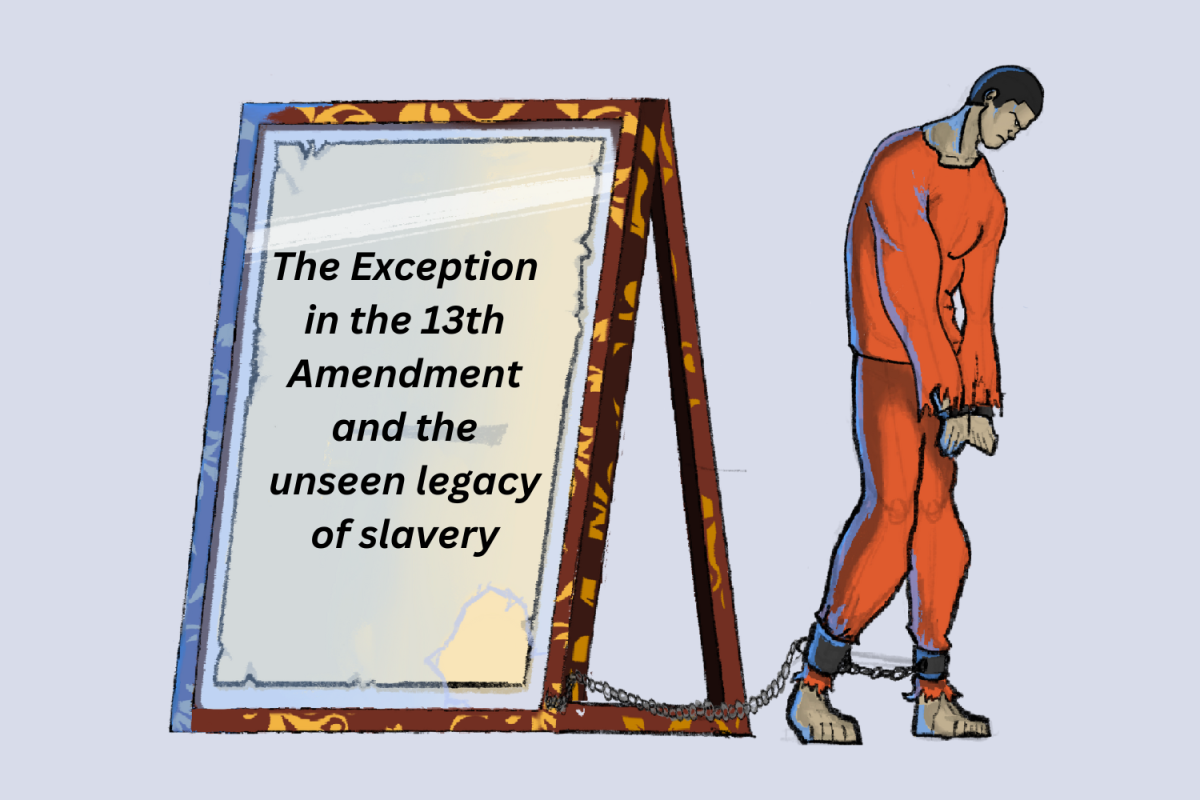Food imperialism is defined as one culture influencing another culture’s food practices, including traditions, preparation methods and consumption. This phenomenon often occurs through colonization, globalization or other methods of cultural exchange, leading to the adoption of certain foods or culinary practices at the expense of local traditions. While it can spread new flavors and techniques, it may also lead to the erosion of indigenous food cultures. Through close examination of trading patterns, global palates and current eating habits, it is evident that food imperialism has affected culinary culture worldwide.
Chocolate changes from ritual to global indulgence
The roots of chocolate can be traced back to before the 16th century in the Aztec civilization, located in Mesoamerica, that used cacao beans in their monetary system. Cacao drinks were consumed during celebrations and were often used in marriages as they were thought to be divine.
The fruit was introduced to Europe by conquistador Hernán Cortés during the early 16th century when they encountered it in the Aztec Empire during their conquest of the Americas. The Spanish initially saw cacao as a bitter, frothy drink and shunned it as a drink for pigs. Over time, the Spanish experimented with the drink, adding sugar and spices. Historical accounts from the 16th century claim that King Charles V of Spain enjoyed chocolate so much that the drink became associated with status, leading to its spread across Europe.
“Since imported goods are more expensive than local goods, you would be considered rich if you could afford them,” social studies teacher Luca Signore said.
By the 17th century, chocolate houses became fashionable social hubs for the wealthy in Madrid, Spain and Paris, France, reinforcing their status in high society and European culture. Today, chocolate has taken on various forms worldwide, from easily accessible hot chocolate to luxuriously decorated truffles made for gifting.
Spam evolves from war bunkers to pantries
Spam is known as an ingredient used in modern cooking, but it began as a source of protein for American soldiers during World War II. Due to its long shelf life, spam rose in popularity, spreading to regions where troops were stationed. Spam lingered in places suffering from food shortages during post-war reconstruction efforts.
It was introduced to the Philippines during the Japanese invasion when food rationing made Spam a necessity in the Pacific Islands.
“What we can see happening through imperialism was the initial relationship that the United States built with the Philippines and places like Hawaii,” history professor Lindsay John Bell said. “The colonizer — in this case, the United States — believed they were superior to those being colonized.”
During the Korean War, Korean soldiers ate army stew, or “budae jjigae”, featuring Spam and fusing local ingredients with American elements. Soldiers stationed in Hawaii brought excess amounts of Spam, which trickled into local trade, influencing local cuisine and creating foods like Spam musubi. Its surge in global popularity made the item expensive in the East Asia, elevating it to a luxury status.
Stigma developed against Spam in Western countries like Britain and America, leaving its mark on modern slang. Unwanted mail is now referred to as ‘spam’, reflecting Western culture’s perception of Spam as unappealing. However, even now, Spam can be found in many household pantries as a salty staple.
Tea morphs from ceremonial practice to worldwide refreshment
Although tea is often associated with European aristocracy, it originated from China where it quickly became a favorite around the third century. In the ninth century, traveling Buddhist monks brought the drink to Japan, where it was adopted into the culture.
In Europe, the Portuguese princess Catherine Braganza’s interest in tea made it a fashionable beverage in the upper class, spiking its demand. Groups like the East India Company exploited colonized Indian populations for a cheaper cost of tea from India to Britain, shifting trade away from China, with British colonizers reaping the economic gains at the expense of the colonized.
Tea was incorporated into social rituals, such as the British tradition of afternoon tea and Japanese tea ceremonies.
Throughout many cultures where tea is found, traditions have been adapted to each region’s tastes. In China, tea focuses on the aroma and subtle aftertaste of the tea. Popular teas in Japan include matcha and sencha, known for unique preparation rituals and umami aftertastes. In Korea, barley and various herbal infusions brought out nutty aromas.
In South Asia, tea is commonly enjoyed with milk and spices like cardamom and ginger, reflecting the region’s culinary traditions, where spices are integral to everyday life.
Tea gradually spread across continents, and continued to adapt to its regional flavors, making it a dynamic part of modern-day contemporary food culture.
“Sugar consumption increased with the rise of the plantation system and increased popularity of teas,” social studies teacher Nhat Nguyen said. “The milk tea that people enjoy today is a product of many years of culture and influences coming together under British colonialism in Asia.”





































































